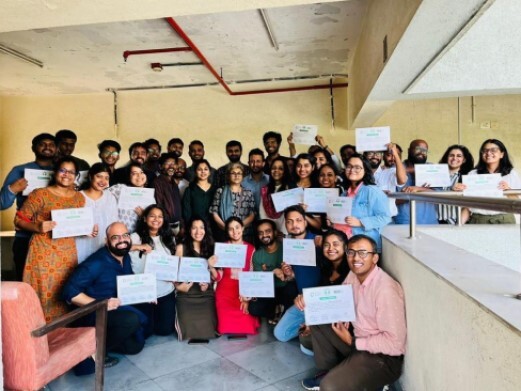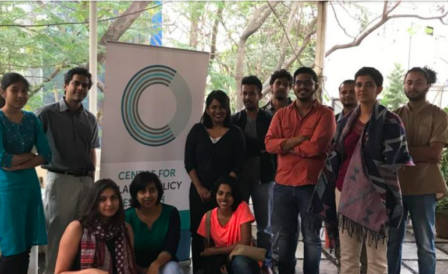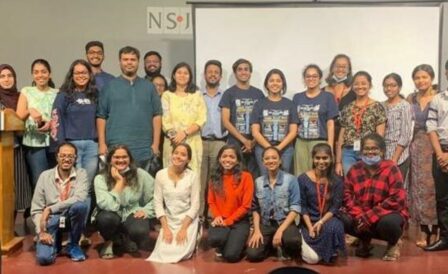Workshop at TISS, Mumbai
On 17 September, 2022, the ConstitutionofIndia.net team at CLPR conducted a workshop with a group of LLM students at the Tata Institute of Social Sciences, Mumbai (TISS). The workshop introduced the students to Indian Constitutional History. The students were also guided on how to use the ConstitutionofIndia.net website and the comprehensive database of Indian Constitution historical resources, and how these sources are critical to understand the social and political origins of the Indian Constitution. The students specifically engaged with issues related to Freedom of Speech through these resources.
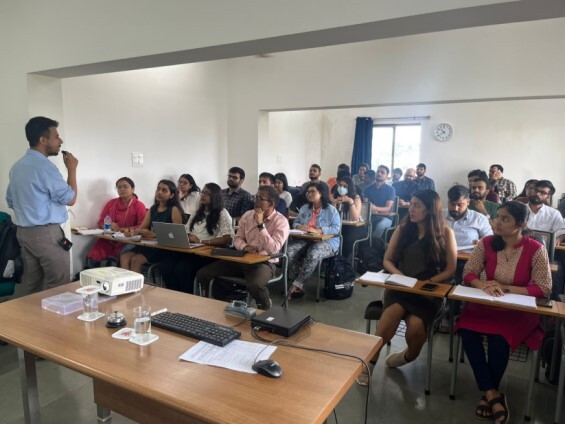
The presentation began with a video of the Sabarimala case (whether women of all ages would be allowed to enter the Sabarimala temple) being referred to a larger bench at the Supreme Court. CLPR resource person, Vineeth Krishna, highlighted how the lawyers used the Constituent Assembly Debates to interpret the concept of ‘untouchability’. This formed the introduction of the Constituent Assembly Debates to the students.
A brief description of the makeup of the Constituent Assembly was given, including the size of the Assembly and the duration of the debates. Next, a video of a fictional depiction of one of the Constituent Assembly Debates – on the issue of having a national language – was shown to give a sense of the principal role that these Debates played and continue to play in understanding Indian History and Law.
Vineeth then introduced the students to the constitutional imagination that existed before 1946—prior to when the Constituent Assembly sat for deliberations. The students were surprised to know that there was in fact a robust constitutional imagination before 1946. He took the students through Historical Constitutions such as the Karachi Resolution 1931 and Government of India Act 1935 to give them a sense of the many experiments in constitution writing and also the many sources of inspiration for our current Constitution. The presentation closed with the students watching a CLPR video on the making of the Indian Constitution.
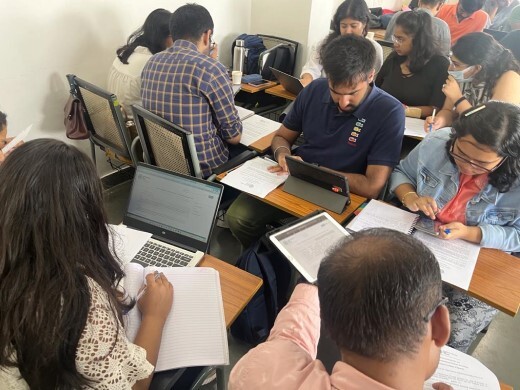
The final hour of the Workshop was devoted to a carefully designed worksheet on freedom of speech, which the students had to solve using the primary materials on ConstitutionofIndia.net. This pedagogic exercise helped the students locate the idea of freedom of speech in the Constitution of India and track the Constituent Assembly Debates that were fundamental to the framing of these free speech provisions. The student discussions that followed spotlighted the intricacies of navigating primary materials on constitutional history. It also brought forward student perspectives on whether freedom of speech can be restricted and on what grounds.
